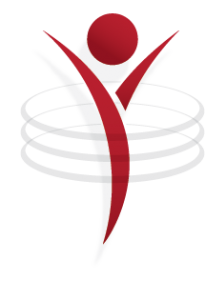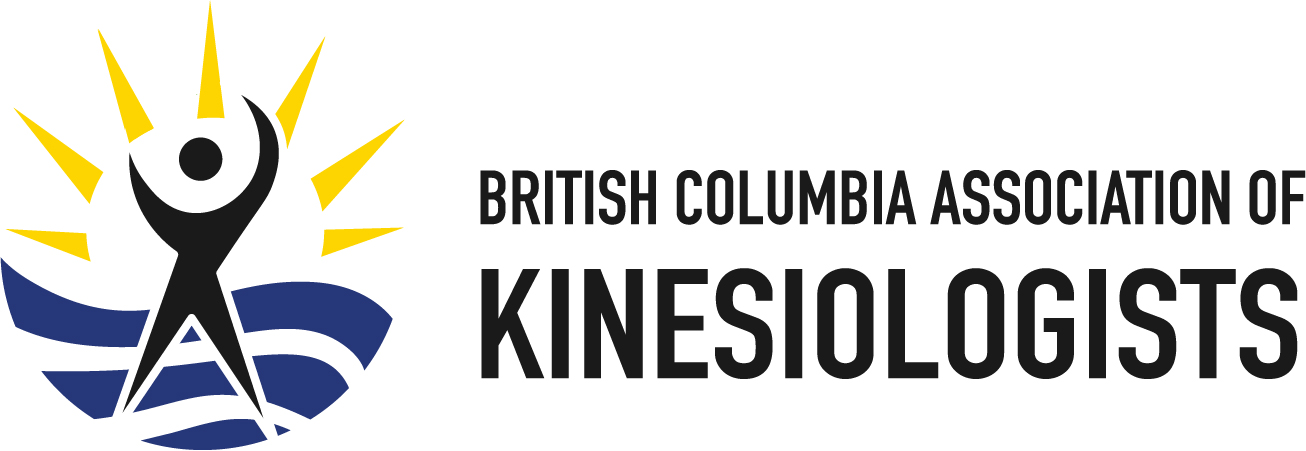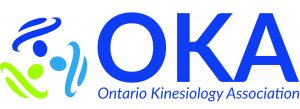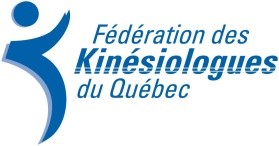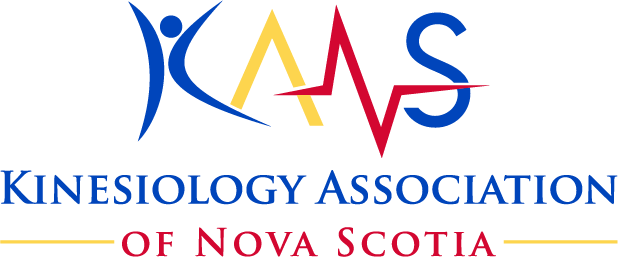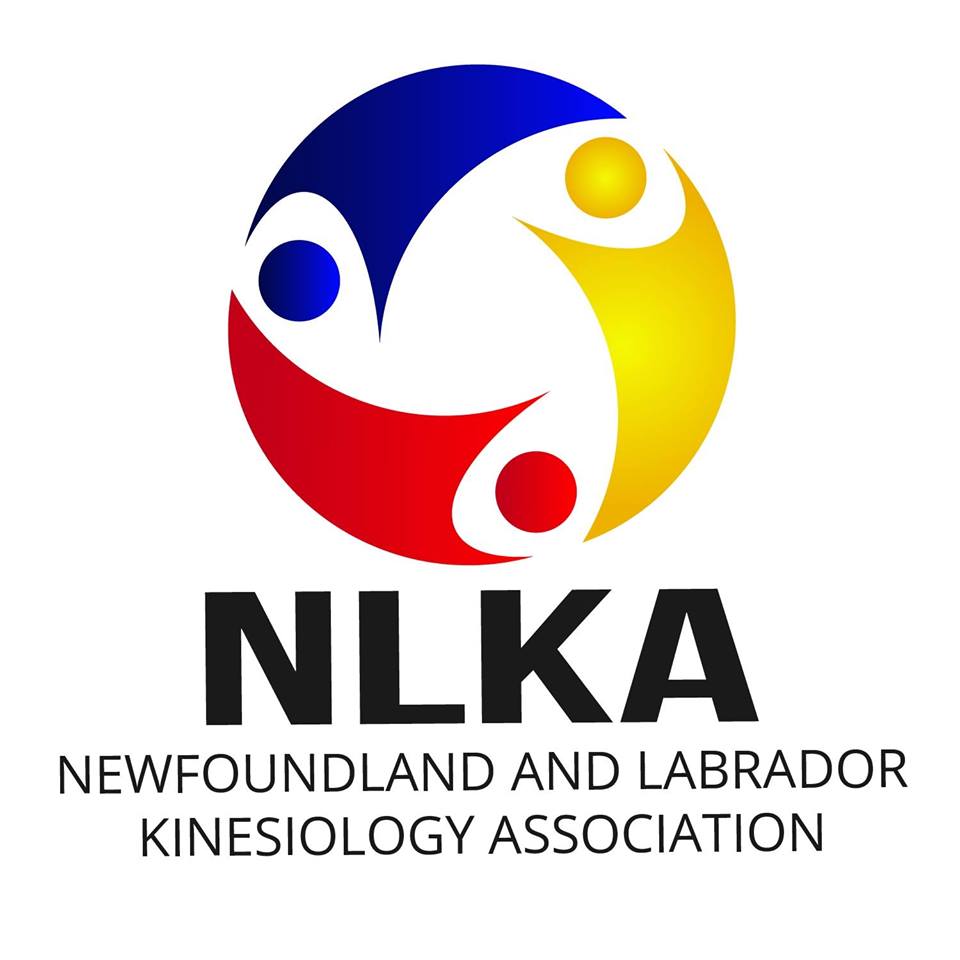Scope of practice & NOC
In provinces where kinesiology is legislated, a kinesiologist's scope of practice is defined by law, this is not the case in other provinces thus the definition will differ from one province to another. We have, here, provided a scope of practice that encompasses what a kinesiologist may do in non-legislated provinces, as well as the legislated province (Ontario).
Kinesiologist is a profesionnal recognized under NOC National Occupational Classification issued by Statistics Canada: 3144 - Other professional occupations in therapy and assessment
KINESIOLOGY IS ALL ABOUT HOW WE MOVE
Kinesiology is the study of the dynamics[1] of human movement, including all the components involved (anatomical, physiological, neurological, biochemical, biomechanical, neuromotor, psychological), as we interact with our environment. Kinesiology is also defined as human kinetics or the scientific study of how we move. The term is derived from the Greek kinesis, to move.
Kinesiology includes the following fields of study:
- Physiology
- Biomechanics
- Neurology
- Mobility
- Anatomy
- Psychology
- Sociology
- Posturology
- Anthropometry
In Canada, these different fields are grouped together under the kinesiology umbrella, focusing on all aspects of human locomotion.
Kinesiologists work with people of all ages and physical abilities, and in many settings to help them achieve their health and wellness goals. Kinesiologists work with:
- Students
- Adults
- Seniors and the elderly
- Pre- and post-natal clients
- Military personnel
- Athletes
- Children
- Employees
- Anyone with or without pathologies and symptoms
Kinesiologists help improve quality of life, often using interventions that include physical activity.
Kinesiology interventions are varied and target all Canadians, regardless of age and whether they are affected by health problems or not. Kinesiologists work in:
- Municipalities
- Research organizations
- Private or public educational institutions
- Fitness centres
- Military or public security organizations
- Community groups
- Outdoor organizations
- Athletic organizations
- Public and private employees
- At-home interventions
- Public or privately managed centres
- Public or private rehabilitation clinics
- Government health facilities
- Insurance companies
TARGET CLIENTELE
ASYMPTOMATIC (WITHOUT SYMPTOMS OR PATHOLOGY):
- Adults in general, including pregnant women
- Specific clienteles (including paramilitary and military services, employees, astronauts)
- Athletes and adventurers
- Children and adolescents
- Students (teaching, and scholarship athletes)
- Seniors and aging populations
SYMPTOMATIC AND WITH CLINICAL CONDITIONS:
- Metabolic conditions
- Cardiovascular conditions
- Pulmonary conditions
- Neurological conditions
- Musculoskeletal problems
- Mental health and psychiatric diagnoses
- Other conditions (including chronic pain and sensory disorders)
The health, and physical activity needs of any client include many factors. For this reason, an interdisciplinary and collaborative approach generally ensures a superior level of service. Kinesiologists often collaborate with other health professionals on multidisciplinary and interdisciplinary interventions, prevention, treatment, and to improve sport performance. They also support medical teams in evaluations and are involved in developing treatment and intervention plans.
Kinesiologists complement other healthcare professionals with the wide range of their knowledge and broad scope of their practice. Here are some examples of what kinesiologists can bring to the team:
- Provide prevention, promotion, treatment, and rehabilitation services to various health facilities, including mental health clinics and private clinics
- Neuromusculoskeletal and functional evaluations
- Ergonomics in workplace and occupational health cases
- High-performance coaching and fitness training
- Promoting public health
- Clinical management and coordination
- Case management for insurance companies
- Personal training and physical condition coaching
- Researching
- Lecturing, instructing, and teaching
- Promoting physical activity and adopting healthy and physically active lifestyles
Kinesiology is an evolving profession, continually adapting to changing client needs
COMPLEMENTARY TRAINING AND SPECIALIZATIONS
The initial bachelor’s degree in kinesiology can be the basis for additional training, specialization, or a different professional practice. All training or specialization must meet the standards of the province you wish to practice in. Treatment methods are not regulated the same way in all provinces. The CKA recommends that you check with your provincial kinesiology association to see what services you can legally provide before you make any decisions:
- In some provinces, additional training in kinesiology can lead to other services like occupational therapy. In other provinces, occupational therapy is a regulated profession and requires specific and exclusive training. In those provinces, you cannot legally provide occupational therapy or ergo-therapy without being a member of the college or order.
- Provincial kinesiology associations have the right to restrict the scope of the practice in their province. In some provinces, for example, kinesiologists also have to be registered osteopaths if they wish to practice osteopathy. In some provinces, the same applies to kinesiologists wishing to use manual therapy techniques.
WORKING WITH OTHER HEALTHCARE PROVIDERS
Kinesiologists respect the expertise of their health partners. In areas beyond our scope of practice, we always refer clients to the appropriate, accredited, healthcare professionals. Kinesiologists are able to provide basic advice on different related subjects (like nutrition) based on their initial level of education. However, education and acquired competency in their own field of practice are not sufficient to incorporate all the nuances required to target specific needs. It can happen that the conveyed information, though exact and provided in good faith, can be unsuitable for a particular client. Which is why we prioritize interdisciplinary and multidisciplinary work and refer clients to the appropriate healthcare expert whenever necessary.
THE STEPS TO INTERVENTION
Kinesiologists are specialists in the dynamics of human movement and its components. The primary means of intervention is physical activity. The scope of the practice, and underlying actions, are based on a wealth of science-based evidence that touches on prevention, fitness, rehabilitation, education, and performance.
THE ASSESSMENT
Depending on the environment, a kinesiology assessment may be aimed at one or multiples types of clientele. Kinesiologists can target both symptomatic and asymptomatic clients in all age groups. The assessment is systematically divided into several key phases. The process serves to establish a client’s history, to develop working hypotheses, and to choose tests and specific measures to substantiate or disprove the hypotheses.
- SEARCH FOR PERTINENT INFORMATION
- Medical diagnosis or results of tests (or both) by a healthcare professional
- Questionnaires such as the Physical Activity Readiness Questionnaire (PAR-Q)
- Lifestyle habits or risk factors (Framingham, Fletcher, and others)
- Intake history
- Past and current athletic performance
- Analysis of certain environmental attributes (such as workstations)
- Medications
- Other influencing factors
- THE INITIAL OR MOTIVATIONAL INTERVIEW
The initial interview is the first step towards building trust and highlighting the competence and professionalism of the kinesiologist. The very nature of the collected information requires absolute confidentiality, and should, in this context, make use of all the rules relating to personal privacy within the legislative framework of applicable laws applying to healthcare professionals.
The initial interview helps gather the following data:
- Lifestyle profile
- Relevant information on the client’s health conditions (including diabetes, medications, musculoskeletal disorder, hypertension, dyslipidemia, trauma, pathology, sensory and kinesthetic deficiency, depression, chronic obstructive pulmonary diseases, and burnout)
- Physical signs and symptoms, facts, restrictions, interactions or contraindications that may have an impact on the intervention plan or affect the evaluation results
- The client's account of his/her medical history
- The client’s personal goals
- Information about a third-party payer (such as insurance)
It’s important for the kinesiologist have access to all of the relevant information for subsequent professional actions:
- To be able to determine the client’s needs and expectations before treatment begins
- To ensure the continuity, quality, and consistency of the services provided to the client
- To know if the appropriate professionals are available to meet the client’s needs
- To refer, if necessary, to a colleague or other healthcare professional
- To respect the available means and resources
- To make recommendations, provide a potential kinesiological result from an intervention plan, to contribute to a medical evaluation, or to help in the decision-making process in an interdisciplinary or multidisciplinary setting
In the case of partial or incomplete information, the kinesiologist must have the flexibility to communicate with another professionals implicated in the client’s treatment to interpret the collected data. Prior to treatment, physician consent may be necessary for certain pathologies. This approach is based on the fundamental principle of confidentiality, and the foundation of a formal framework within the professional health system.
Whenever necessary, the kinesiologist must also perform a review of the clients list of mediations and assess if any interactions and contraindications should be considered in order to prevent a professional intervention that could result in harmful consequences brought by a recommended medication.
3. IDENTIFICATION OF THE INTERVENTION MANDATE
The kinesiologist may be assigned a mandate directly by the client or by an intermediary (like a third-party payer). The assessment must allow the kinesiologist to decide on their ability to execute the mandate as defined, to refer it to another colleague or professional, if necessary, or recommend an adjustment or a new mandate.
4. CHOOSING PROTOCOLS AND ADMINISTERING TESTS
Kinesiologists perform:
- fitness assessment tests
- biomechanical tests
- neuromotor tests
- neuromusculoskeletal tests
- ergonomic tests
- cardiovascular stress tests at submaximal or maximal intensity depending on client
- THE ANALYSIS (INTERPRETATION OF RESULTS)
Kinesiologists will:
- Interpret the results in order to advise an intervention team, a specialist (neuropsychologist, doctor, physician, or other), a third party, another kinesiologist, or the client
- Evaluate the client’s needs with regards to their level of fitness, physical activity, or sport
- Analyze risk factors, disability factors, and restrictions of a medical, pharmaceutical, or other natural factors
- Write reports for paying agencies and, if necessary, for physicians
- Write reports on the physical and functional capabilities of a client
- Provide a professional opinion/conclusion to the management team (doctor, physiotherapist, ergo-therapist, occupational therapist, or other) or to the referrer (including third-party payers)
- Prepare a statement of the potential results of an intervention plan
- Ensure a follow-up with clients: reassess clients and keep their records up-to-date
- Conduct method development tests, validation tests, and functional capacity assessments
THE INTERVENTION PLAN (PRESCRIPTION AND INTERVENTION)
Based on the results of the assessment, an intervention plan is executed with the following components:
- A physical-activity program
- An exercise program
- An interdisciplinary intervention plan such as and limited to job demands analysis, education programs, ergonomic assessment
- A physical preparation plan for athletic performance or other objectives
Execution requires appropriate professional supervision with a critical focus on the kinesiologist’s intervention and an ongoing readiness to readjust the program in order to optimize the achievement of the client’s objectives while minimizing any risk of harm.
Professional intervention can begin at any time before, during, or after primary, secondary, or tertiary prevention, alone or in conjunction with a multidisciplinary team, in a medical or sports-performance situation. In addition to clinical intervention, kinesiologists also provide consulting expertise to facilitate the adoption and reinforcement of healthy lifestyle habits.
THE INTERVENTION
During an intervention, the following tasks may differ depending on the sector and the clientele.
In Groups
- Execute the intervention plan and carry out the mandate within group activities
- Respect the principles of a personalized approach even in the context of a group activity
- Teach an aerobics or strength-training class
- Provide instructions on techniques to safely and effectively execute given movements
- Teach clients the names of muscles and cardiovascular systems used during the activities
- Correct techniques in movements
- Oversee functional training
- Motivate a group in pursuing their goals
- Provide educational sessions on healthy lifestyle habits
- Give conferences
- Teach pain-management strategies
- Collaborate with community organizations to promote physical activity
- Organize activities
- Teach prevention and rehabilitation programs
- Establish tools adapted to train supervisory staff, employees, and other stakeholders
- Coordinate and co-host committee meetings
- Advise institutional administrators on policies, programs, and action plans that reflect sound lifestyle management to help improve performance
Individuals
- Execute intervention plans and carry out mandate
- Respect the principles of a personalized approach
- Supervise client(s) in individualized training or during rehabilitation process
- Supervise client(s) in training area or in any other significant physical activity
- Adjust or modify the intervention plan over the course of its execution
- Promote an active lifestyle
- Teach pain-management strategies
- Follow up on client training, recovery process, fitness, and lifestyle habits
- Motivate clients in pursuing goals
- Perform activities
- Develop motor skills and physical abilities
- Advise stakeholders (production, human resources, employees, unions) in order to identify and minimize the risks of work-related accidents and occupational illnesses
Within the intervention plan, kinesiologists are called on to perform a number of tasks related to prescription and intervention depending on the setting or environment. They must always act ethically and responsibly throughout the process while maintaining a critical eye on their intervention.
THE KINESIOLOGIST’S DEGREE OF AUTONOMY
Kinesiologists have full autonomy in using their clinical judgment to carry out their professional tasks competently and with integrity, particularly during evaluation, prescription, and intervention processes, regardless of the setting or environment. Their judgment is not used to make a medical diagnosis, but rather to identify the starting point of their interventions in meeting obligations to clients. In some provinces and in some of their practice settings, kinesiologists interact with colleagues in the healthcare field as part of an interdisciplinary framework. But even in this context, they have unequivocal and decisive autonomy in the execution of their professional tasks. Kinesiologists may also be asked to perform tasks that are not directly related to their profession, including management (administration, disability, health and safety), coordination (of a clinical team, with an insurer), research, and health promotion.
Kinesiologists must be the only signatory on their evaluations. General and direct supervision are an intradisciplinary process and they are solely responsible for their position or professional opinion, even in a medical context. The physician is the one who issues a medical prescription and specifies the restrictions. The physician remains in charge of the medical process, but the kinesiologist retains responsibility for their own actions within the limits of their competencies and legislative restrictions.
The scope of the kinesiologist’s practice may vary from province to province depending on initial training, permitted supplemental or ongoing professional development, and existing legislative framework. For example, while manual therapy, manipulations, and osteopathic techniques are not recognized as part of the kinesiological practice in Quebec, they are recognized in other provinces. That’s why it’s important to check and seek advice on specific applications and provincial legislation by contacting the Provincial Kinesiology Association or the CKA. .
[1] Dynamic theory adopts a more radical point of view, assuming that the behaviour of a complex system emerges from a network of constraints, related either to the task, the organism, or the environment (Newell, 1986). Adapted by the CKA from La théorie dynamique adopte un point de vue plus radical, postulant que le comportement d’un système complexe émerge d'un réseau de contraintes, liées soit à la tâche, soit à l’organisme, soit à l’environnement (Newell, 1986).
![]()

